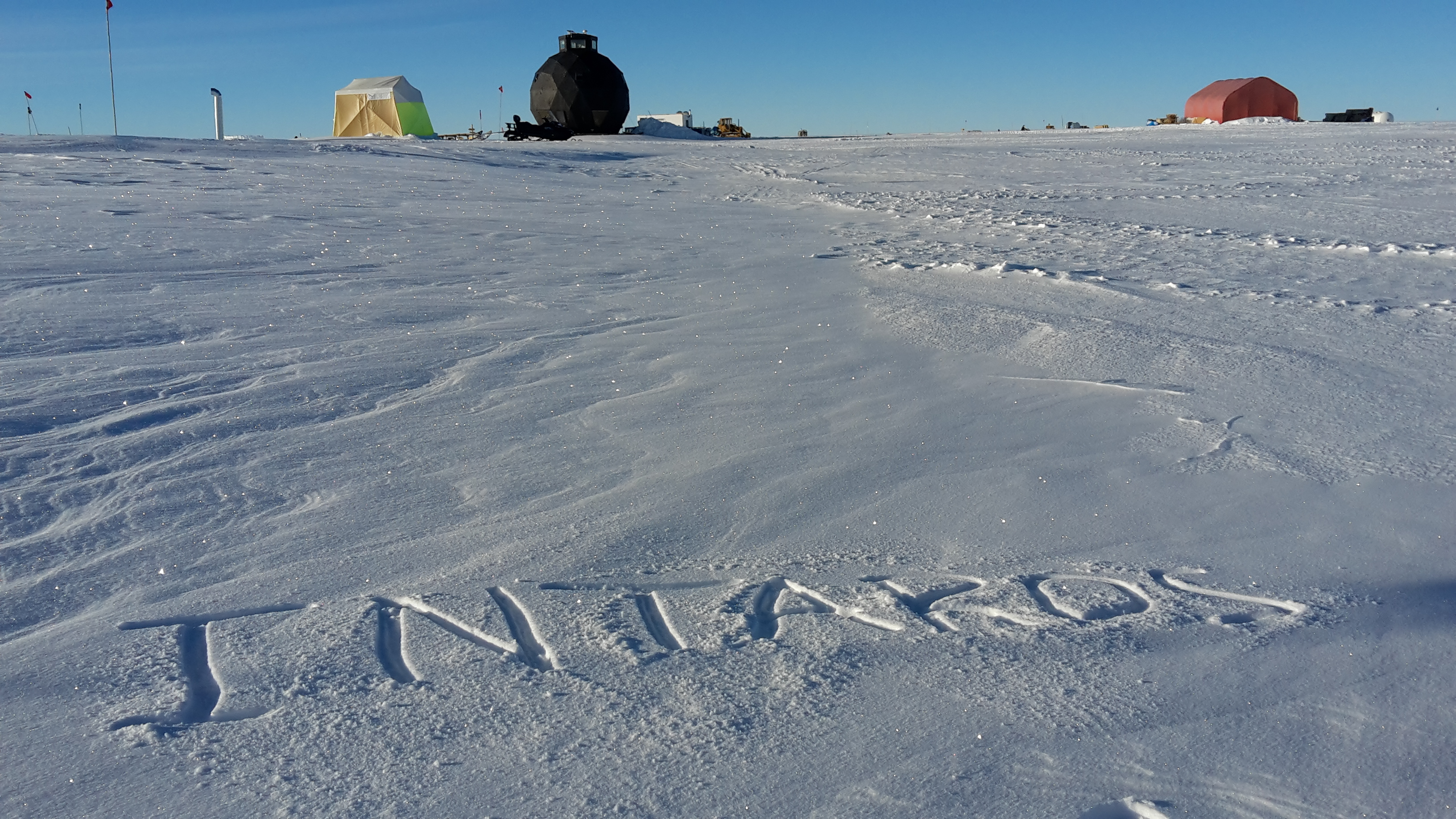
We've been talking for a while about the INTAROS Special Session at EGU 2019, "Evaluation, exploitation and enhancement of Arctic observing systems across disciplines," but what can you expect to see during the session?
As promised, this session brings together multidisciplinary studies that address the current state of Arctic observing systems, including strategies to improve them in the future.
The session kicks off with a look at the status of Arctic observing systems in the Norwegian archipelago of Svalbard. The archipelago has become a very important natural laboratory for Arctic research and through man collaborative initiatives over time, the Svalbard Integrated Arctic Earth
Observing System (SIOS) is developing and maintaining a regional observational system in and around Svalbard. This presentation will look at the current status of Arctic Observing in Svalbard and will discuss knowledge gaps and future directions for the SIOS:
08:30–08:45 |
EGU2019-18333
Improving Arctic Observation Systems through coordination – examples from the first State of Environmental Science in Svalbard (SESS) report
Christiane Hübner, Heikki Lihavainen, Inger Jennings, Shridhar Jawak, Øystein Godøy, Bo Andersen, Lilith Kuckero, Elizabeth Orr, Georg Hansen, and Hanna Lappalainen
Next on the agenda takes us to higher altitudes, looking at how remote sensing data from the Aqua satellite can help contribute to the Arctic observational dataset. The AIRS instrument, which has been in orbit above the polar regions since 2002 has contributed information global atmosphere that has been used for weather predictions and to study thermodynamics in the Arctic. This presentation will address the accuracy of the sensor data through groundtruthing with Earth-based methods. Don't miss this session if you are interested in high tech ocean observing approaches.
08:45–09:00 |
EGU2019-3122
A process-based climatological evaluation of AIRS tropospheric thermodynamics over the high-latitude Arctic
Michael Tjernström and Joseph Sedlar
Then we turn to Arctic soils and take a look at their greenhouse gas emissions and how they might contribute to climate change. Arctic soils contain vast amounts of nitrous oxide (N2O, a greenhouse gas), but to date, emissions from these soils has been thought to be low. This presentation will look at producing a first comprehensive analysis of the Arctic N2O emissions to better understand actual and potential impacts on climate. You can catch this presentation here:
09:00–09:15 |
EGU2019-15647
Towards constraining the circumpolar nitrous oxide budget
Christina Biasi, Maija E. Marushchak, Carolina Voigt, Johanna Kerttula, Dmitry Kaverin, Aleksey Faguet, Jens Strauss, Guido Grosse, Timo Kumpula, Tiina Kolari, Tarja Silfver, Anna-Maria Virkkala, Tatiana Trubnikova, Tarfala Research Station, Sweden, Staff, CNR Arctic Station “Dirigibile Italia”, Svalbard, Staff, Czech Arctic Research Station of Josef Svoboda (Petuniabukta), Svalbard, Staff, Finse Alpine Research Centre, Norway, Staff, Toolik Field Station, Alaska, USA, Staff, Benjamin W. Abbott, and Pertti J. Martikainen.
This is just some of what you can expect during the INTAROS Special Session. Stay tuned to the INTAROS website, Facebook and Twitter for more of what's to come.
If you are attending EGU, don't miss the Special Session:
GI3.7
Evaluation, exploitation and enhancement of Arctic observing systems across disciplines
Co-organized as AS5.15/BG1.65/CL5.20/CR2.14/OS1.17/SSS13.21
Convener: Roberta Pirazzini | Co-conveners: Andreas P. Ahlstrøm, Agnieszka Beszczynska-Möller, Mathias Göckede, Stein Sandven
Orals | Thu, 11 Apr, 08:30–10:15 Room M1
Posters | Attendance Thu, 11 Apr, 10:45–12:30 Hall X1
02 April 2019